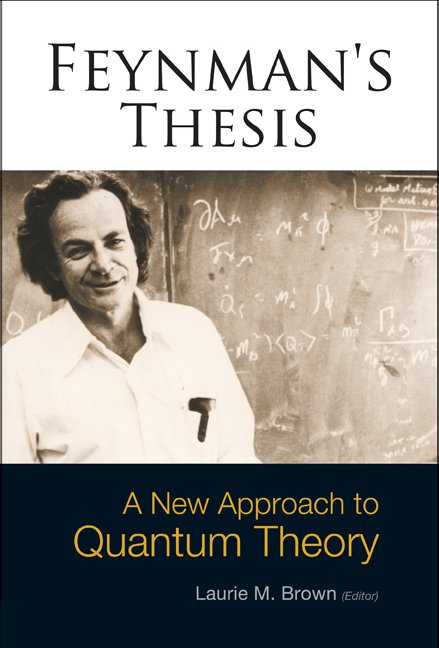THE LAGRANGIAN IN QUANTUM MECHANICS
This article was first published in Physikalische Zeitschrift der Sowjetunion, Band 3, Heft 1 (1933), pp. 64–72.
Quantum mechanics was built up on a foundation of analogy with the Hamiltonian theory of classical mechanics. This is because the classical notion of canonical coordinates and momenta was found to be one with a very simple quantum analogue, as a result of which the whole of the classical Hamiltonian theory, which is just a structure built up on this notion, could be taken over in all its details into quantum mechanics.
Now there is an alternative formulation for classical dynamics, provided by the Lagrangian. This requires one to work in terms of coordinates and velocities instead of coordinates and momenta. The two formulations are, of course, closely related, but there are reasons for believing that the Lagrangian one is the more fundamental.
In the first place the Lagrangian method allows one to collect together all the equations of motion and express them as the stationary property of a certain action function. (This action function is just the time-integral of the Lagrangian.) There is no corresponding action principle in terms of the coordinates and momenta of the Hamiltonian theory. Secondly the Lagrangian method can easily be expressed relativistically, on account of the action function being a relativistic invariant; while the Hamiltonian method is essentially non-relativistic in form, since it marks out a particular time variable as the canonical conjugate of the Hamiltonian function.
For these reasons it would seem desirable to take up the question of what corresponds in the quantum theory to the Lagrangian method of the classical theory. A little consideration shows, however, that one cannot expect to be able to take over the classical Lagrangian equations in any very direct way. These equations involve partial derivatives of the Lagrangian with respect to the coordinates and velocities and no meaning can be given to such derivatives in quantum mechanics. The only differentiation process that can be carried out with respect to the dynamical variables of quantum mechanics is that of forming Poisson brackets and this process leads to the Hamiltonian theory.1
We must therefore seek our quantum Lagrangian theory in an indirect way. We must try to take over the ideas of the classical Lagrangian theory, not the equations of the classical Lagrangian theory.



